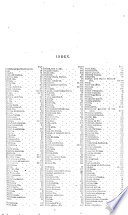 | William Chambers, Robert Chambers - Encyclopedias and dictionaries - 1842 - 938 pages
...area comprised within the quadrilateral. The area of a trapezoid is generally found by multiplying half the sum of the two parallel sides by the perpendicular distance between them ; the area of a trapezium may likewise be found in the same way. When it ia desired to ascertain the... | |
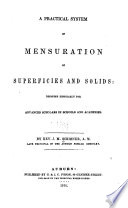 | J. M. Scribner - Measurement - 1844 - 130 pages
...chains 1 Am. 3207 A. 2 R. PROBLEM IV. To find the area of a Trapezoid. ' ART. 12. Rule. — Multiply the sum of the two parallel sides by the perpendicular distance between them, and half the product will be the area. Ex. 1. Required the area of the trape- D c zoid ABCD, having... | |
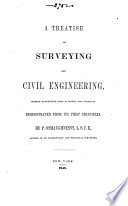 | P. O'Shaughnessy (Civil engineer) - Civil engineering - 1848 - 110 pages
...of a triangle, having the base 82 chains and the altitude 20. 12 chains. Ans. 82a lr 3|P. Prob. 3. To find the area of a trapezoid. Rule — Multiply half the sum of the two perpendiculars by the base, and the product will be area. (The truth of this rule is manifest, as the... | |
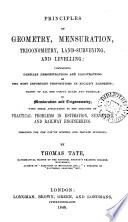 | Thomas Tate (mathematical master.) - 1848 - 284 pages
...required the area. Ans. 6 ac. 2 r. 12-5 p. S. PROBLEM. To find the area of a trapezoid. RULE. Multiply the sum of the two parallel sides by the perpendicular distance between them, and half the product will be the area. (See Geo. Art. 43.) Note. The area of any irregular figure may... | |
 | Benjamin Greenleaf - Arithmetic - 1849 - 336 pages
...318. ATRAPEZOID is a quadrilateral, which has only one pair of its opposite sides parallel. ART. 319. To find the area of a trapezoid. RULE. — Multiply half the sum of the parallel sides by the altitude, and the product is the area. 1. What is the area of a trapezoid, the... | |
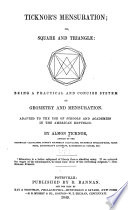 | Almon Ticknor - Measurement - 1849 - 156 pages
...and 40-5 perches? PROBLEM 24.— THE TEAPEZOID. To find the area of a trapezoid. RULE. — Multiply the sum of the two parallel sides by the perpendicular distance between them, and half the product will be the area. 1. Required the area of the trapezoid ABCD, whose parallel sides... | |
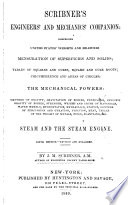 | J. M. Scribner - Mechanical engineering - 1849 - 286 pages
...16 feet? 42x9 = 378 ) _, 42X8=336 ( PROBLEM IV. To find the Area of a Trapecoid. Rule. — Multiply the sum of the two parallel sides by the perpendicular distance between them, and half the product will be the area. Example 1. — Required the area of the trapezoid, abed, having... | |
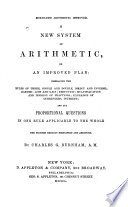 | Charles Guilford Burnham - 1850 - 350 pages
...three sides of a triangle are 6, 8, and 10 chains. What is the area ? Ans. 24 chains. Art. 271, — To find the area of a trapezoid. RULE. Multiply half...parallel sides by the perpendicular distance between them : the product will be the area. 1. What is the area of a piece of land that is 30 chains long, 20 chains... | |
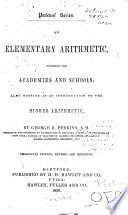 | George Roberts Perkins - Arithmetic - 1850 - 364 pages
...Hence the area of the trapezoid, which is the sum of the two-triangles, may be found by the following RULE. Multiply half the sum of the two parallel sides by the altitude. This rule has a fine application in measuring a tapering board, as A BCD. In this case half... | |
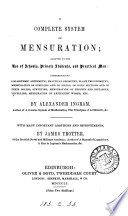 | Alexander Ingram - 1851 - 202 pages
...diagonal 127 poles. Ans. 3661-8734 per. = 22 ac. 3 ro. 21 per. 26 yds. 3'78 ft. QUADRILATERALS. PROB. VII. To find the area of a trapezoid. RULE. Multiply half the sum of the parallel sides by the perpendicular from the one to the other. That is, ^(AD + BC) X AE = the area.... | |
| |